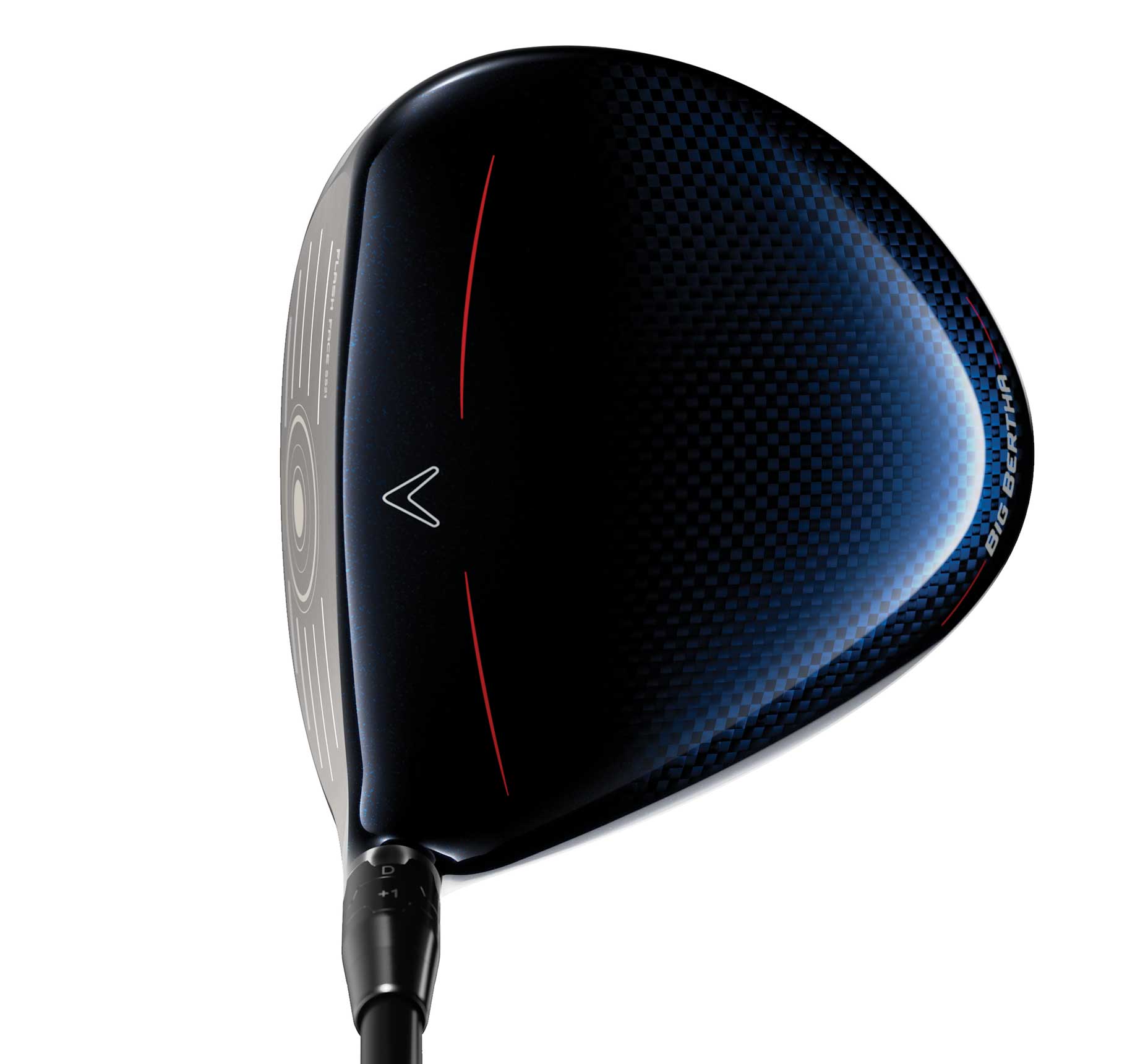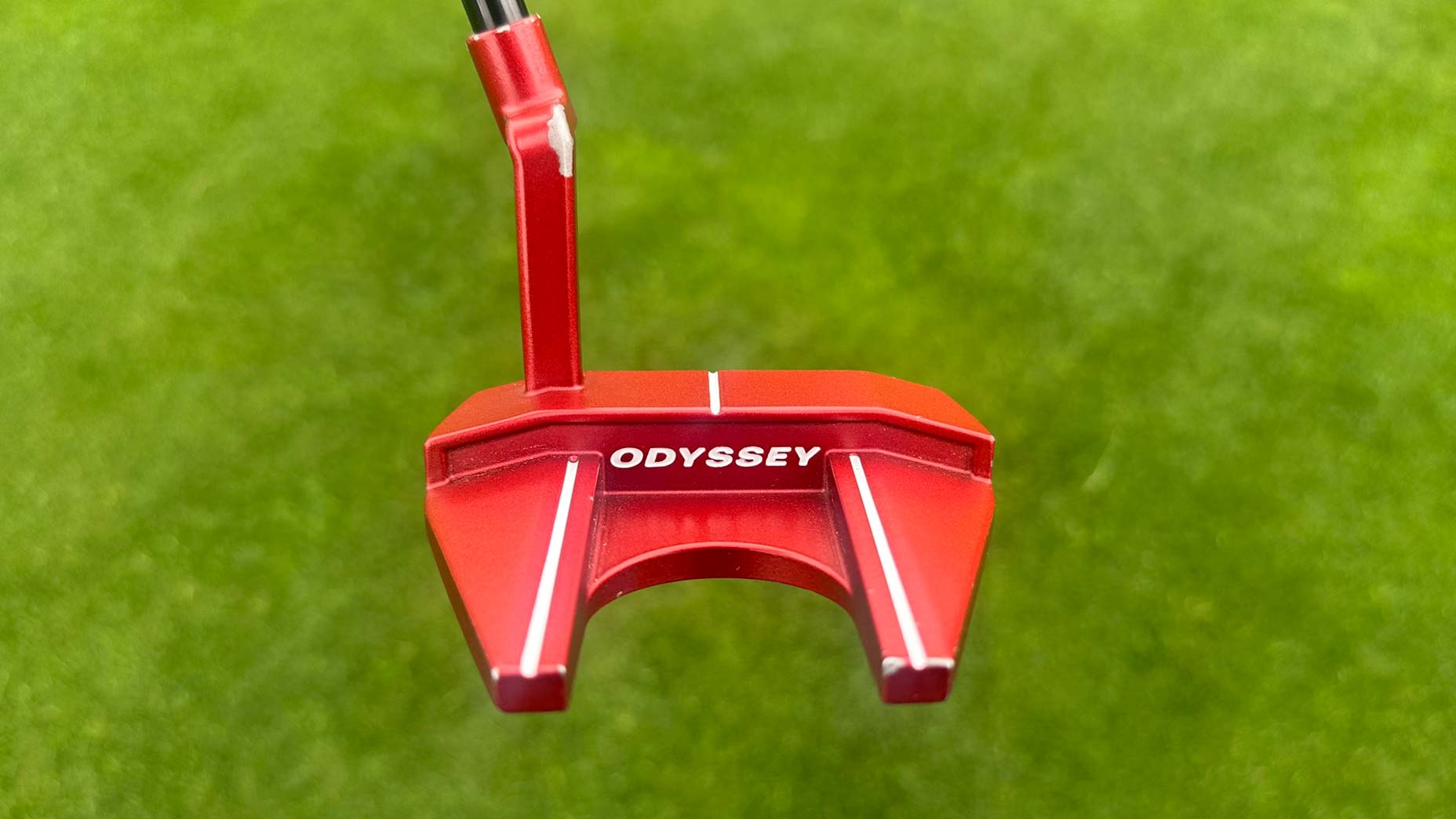If you’ve picked up a Callaway club in the last few decades, you’ve likely come across a driver or iron with the words “Big Bertha” emblazoned on the head.
Of all the names founder Ely Callaway chose to bestow upon his creations, Big Bertha is the one that’s stood the test of time. Initially introduced in 1991 with a collection of oversized drivers that took the industry by storm, the Big Bertha line was expanded by Callaway three years later to include irons.
The clubs all shared similar traits: a generous profile, offset to eliminate a slice and game-changing distance. Nearly two decades later, Big Bertha’s new B21 line remains true to its roots with a super game-improvement design ideally made for high-handicap golfers who don’t continually find the center of the face and struggle to corral a noticeable slice.
There are plenty of clubs on the market made for high-handicap slicers, but those clubs are typically designed with the center of gravity (CG) positioned low and rearward to increase forgiveness. The problem with the concept is it may cause too much spin for big slicers.
To achieve the perfect balance of spin and speed, Callaway chose to freshen up the recipe with the Big Bertha B21 driver ($500), positioning the CG low and forward to reduce spin. The thought here is that reducing overall spin will also reduce the sidespin that causes wayward shots to go off the map.

The end result is a spin-killer that doesn’t skimp on consistency and forgiveness. It’s a package any high-handicap slicer will no doubt appreciate when they’re finding more fairways.
For additional assistance on mishits, Callaway used its Flash Face SS21 technology, which was created using Artificial Intelligence, to boost ball speeds on off-center strikes. The generous face profile is paired with Callaway’s Jailbreak Technology — titanium bars connect the sole and crown — to enhance distance and stability. To further increase forgiveness, Callaway removed weight from the crown by using lightweight carbon fiber, yielding an abundance of discretionary weight that was placed in the heel to help correct a slice.
A similar recipe was used to create the fairway woods ($300), which feature increased offset and a shallow face profile that limits a slice while also assisting in getting the ball airborne from the turf at the same time.
Like the drivers and fairway woods, the hybrids ($250) are made to launch it high, reduce a slice and unlock more distance for those who need it near the top of the set. Each hybrid was smartly designed with dual metalinjection molded tungsten weights in the sole to generate a towering launch. For those who struggle to hit and hold the green from longer distances on their approach shot, this addition will be a welcomed sight.
Compared to Callaway’s oversized Mavrik Max iron, the Big Bertha B21 ($900; 7-piece steel iron set/$1,000; 7-piece graphite) features more offset in the mid and long irons to assist in squaring up the head at impact and sole widths that are up to 50 percent wider in certain parts of the set for enhanced turf interaction.

Of course, there’s more to Big Bertha B21 than a generous profile. Callaway’s Flash Face Cup design also received the A.I. treatment, fine-tuning the thickness of the structure in specific areas to benefit golfers who don’t consistently find the center of the face.
The end result is an aggressive face pattern that produces similar ball speeds across the entire structure, mitigating penalizing misses that usually plague high handicappers.
“This [face design] looks a lot like what you’ve seen on a driver or fairway wood from us recently,” said Dr. Alan Hocknell, Callaway’s SVP of research and design. “It’s unusually thick and thin in areas, maybe unexpected areas of thick next to thin. This is the A.I. system driving the design to greater efficiency of ball speed, while still trying to achieve some targets.”
A visible tungsten energy core — located in the sole — adds another layer of forgiveness by targeting more mass behind the lower portion of the hitting area (heel to toe) to launch the ball high, regardless of where it impacts the face.
Housed inside the head, Callaway’s proprietary urethane microspheres are strategically positioned to soak up unwanted vibrations and improve the overall feel at impact, without impacting ball speed.
“We know we’re targeting advantages for golfers in the market who need the most help,” Hocknell said. “This design can be literally transformational for certain types of golfers.”











